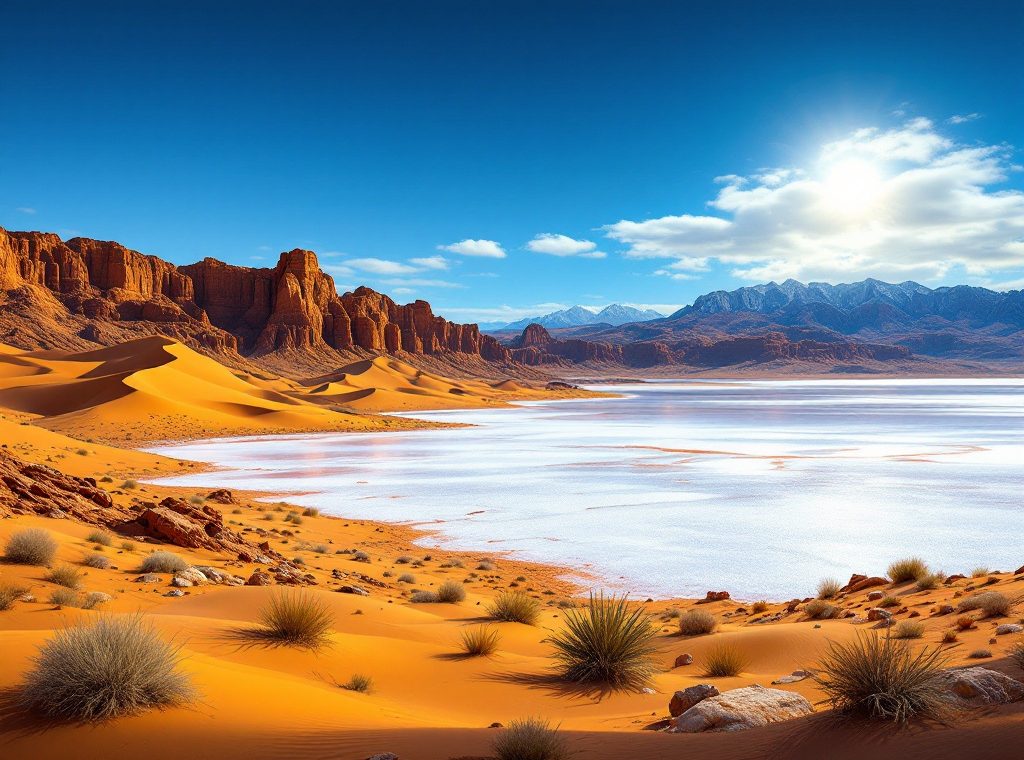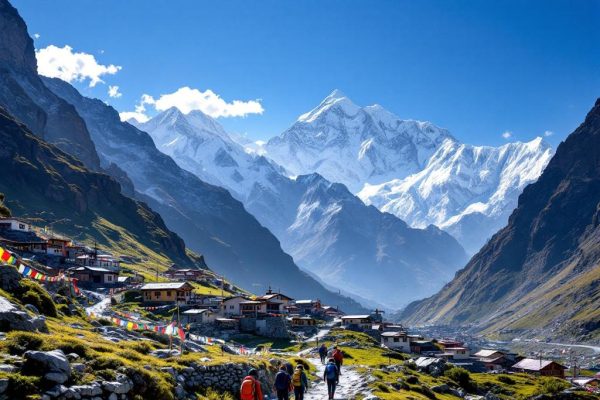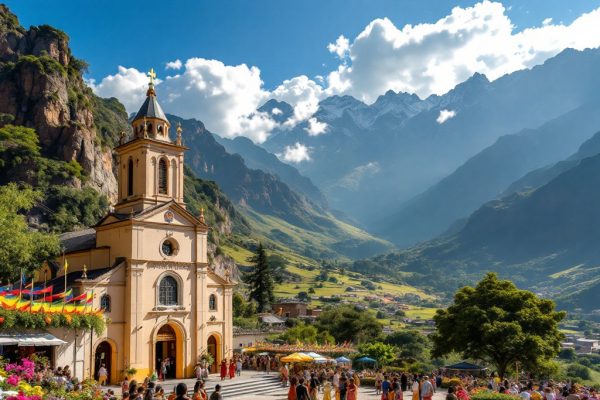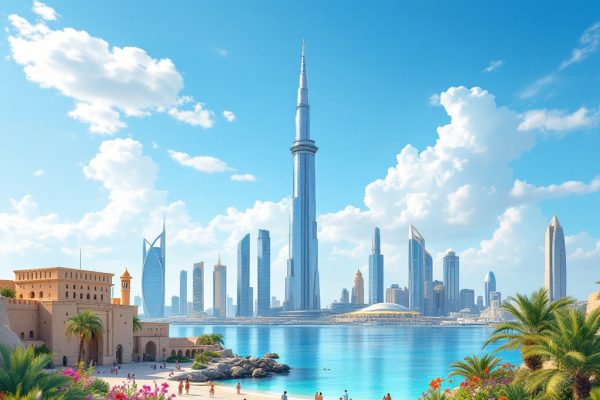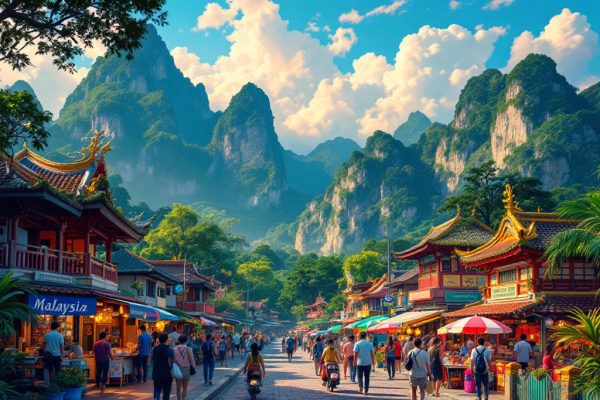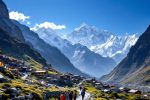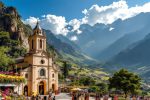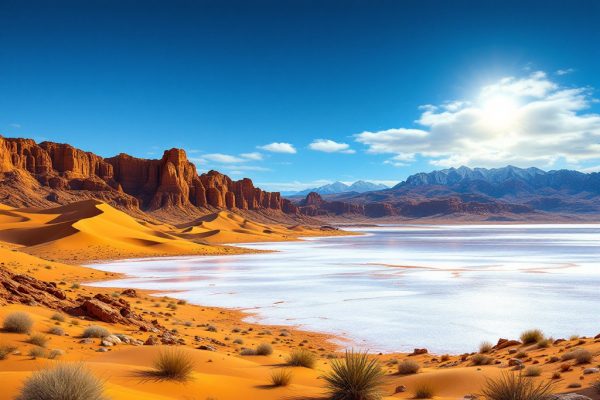Most Beautiful Deserts in the World
Journey through Earth’s most breathtaking landscapes! From the Sahara’s towering dunes to the Atacama’s otherworldly salt flats, discover the stunning beauty of the world’s deserts. Explore vibrant rock formations, unique plant life, and the remarkable resilience of life in these extreme environments. Uncover the ancient history and rich culture of these arid lands, from the Namib, Earth’s oldest desert, to Wadi Rum, Jordan’s Valley of the Moon. Embark on an adventure and delve into the captivating wonders of our planet’s deserts. Read on to explore these incredible destinations.
Important information
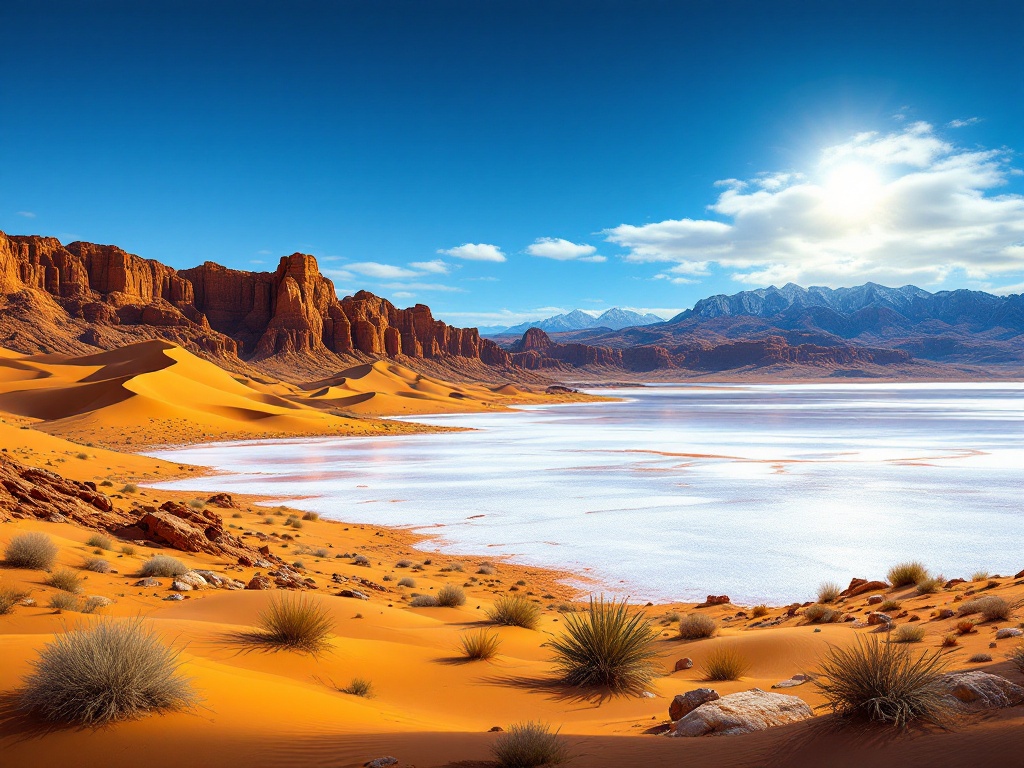
- The Sahara Desert is the world’s largest hot desert, covering 9.2 million square kilometers.
- The Namib Desert is the oldest desert on Earth, estimated to be 55 million years old.
- The Atacama Desert is the driest non-polar desert, with some areas receiving less than 1 mm of rain yearly.
- The Danakil Desert is one of the hottest places, with average temperatures of 94°F (34°C) and highs of 122°F (50°C).
- Deserts exhibit diverse landscapes, from sand dunes and salt flats to mountains and canyons, supporting unique plant and animal life.
The Most Beautiful Deserts in the World
Africa’s Sahara Desert is famous for its massive sand dunes and diverse landscapes.
Chile’s Atacama Desert stands out as one of Earth’s driest, showcasing unique salt flats and vibrant rock formations.
Namibia’s Namib Desert offers the iconic red dunes of Sossusvlei, teeming with diverse wildlife.
Jordan’s Wadi Rum presents dramatic cliffs and unique rock formations.
Australia’s Great Victoria Desert boasts striking scenery across vast red sand expanses.
Spanning Mongolia and China, the Gobi Desert features steppes, mountains, and sandy terrain.
The Thar Desert, also known as the Great Indian Desert, stretches across India and Pakistan.
Ethiopia’s Danakil Desert is incredibly hot and one of the most inhospitable places on Earth.
Chad’s Ennedi Desert, part of the Sahara, is known for unique rock formations and ancient art.
The Mojave Desert in the United States showcases iconic American landscapes.
Southern Africa’s Kalahari Desert is home to diverse plants and animals.
The Arabian Desert spans several Middle Eastern countries, while the Chihuahuan Desert stretches across the US and Mexico.
Death Valley in the United States represents an extreme desert environment.
What Makes a Desert Beautiful?
Deserts possess a unique beauty, showcasing stunning geological formations and vivid colors. Life persists despite the harsh conditions, creating a captivating contrast. The shifting light reveals rare plants and animals, enhancing the allure. Dramatic rock formations, vast sand dunes, and colorful canyons create breathtaking vistas. The stark landscape is striking, and life’s resilience in these extremes adds to the desert’s captivating beauty. The Atacama Desert, for instance, is renowned for its salt flats, colorful rocks, and unique plant life. Infrequent rainfall triggers a flowering phenomenon, further amplifying its beauty.
Unique Landscapes and Natural Beauty
Deserts boast a diverse range of breathtaking landscapes, from towering sand dunes and expansive salt flats to rugged canyons. The Sahara Desert, for example, is renowned for its vast sandy terrain, while the Atacama Desert showcases unique salt formations. The interplay of sunlight and shadow further accentuates the beauty of these arid environments. Geological formations, such as mesas and arches, provide a deeper level of intrigue, offering insights into the Earth’s history.
The World’s Most Stunning Deserts
From the towering ancient dunes of the Namib to the vast sandy plains of the Sahara, the world’s deserts offer breathtaking variety. The Atacama, one of the driest non-polar deserts, presents a starkly different landscape. Egypt’s White Desert captivates with its surreal, chalk-white rock formations. Each desert presents a unique and awe-inspiring spectacle.
Sahara Desert: The Largest Desert in the World
The vast Sahara Desert, the world’s largest hot desert, covers a staggering 9.2 million square kilometers. Endless sand dunes, rocky plateaus, and gravel plains dominate this harsh landscape. Yet, life persists. Scattered oases provide refuge for uniquely adapted plants and animals, like the resilient Saharan cypress and various reptiles. Beyond its geographical wonders, the Sahara holds deep cultural significance. Ancient trade routes once crisscrossed its sands, and nomadic tribes have traversed this challenging terrain for centuries, making it a land of extremes in every sense.
Namib Desert: The Oldest Desert on the Planet
The Namib Desert stretches over 1,200 miles along the Atlantic coast and is Earth’s oldest desert, a staggering 55 million years old. Its landscape is dominated by towering red sand dunes, but also encompasses gravel plains and unique coastal regions. This diverse terrain supports a surprising array of wildlife, including desert-adapted elephants and oryx. The Namib’s rare ecosystems are also crucial for biodiversity and provide invaluable opportunities for ecological research.
Jordan’s Wadi Rum, the Valley of the Moon, is a truly stunning desert landscape. Towering sandstone mountains and unique granite formations rise from the vibrant red sands and canyons. This breathtaking area, a protected UNESCO World Heritage Site, offers a variety of activities.
Visitors can explore the desert by camel, traverse hiking trails, or experience the thrill of a jeep tour. Beyond adventure, Wadi Rum boasts a rich history, evident in its ancient rock inscriptions and fascinating archaeological sites.


